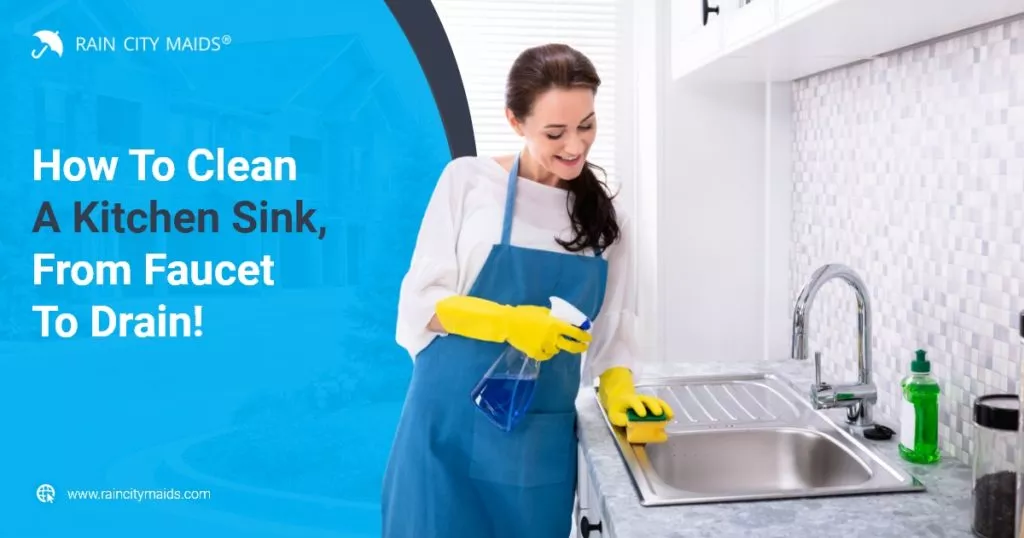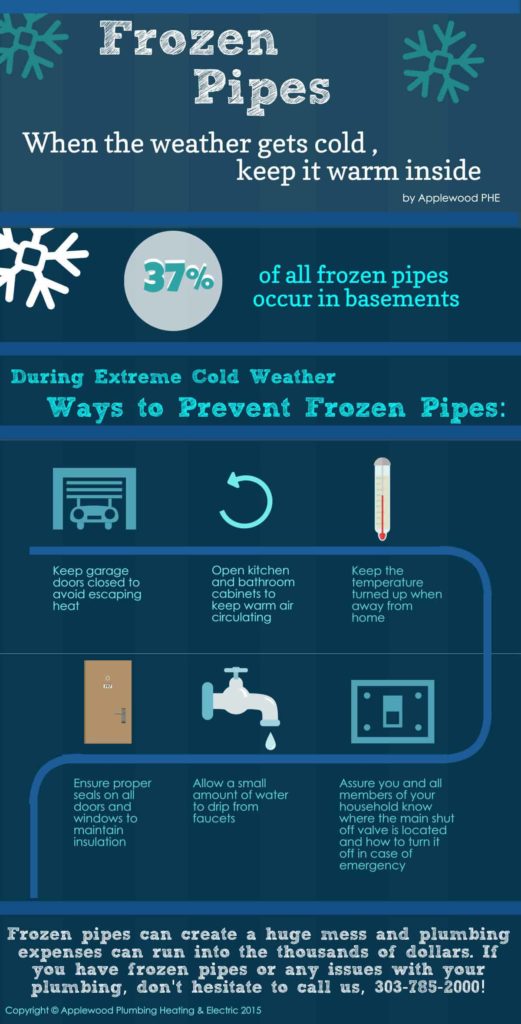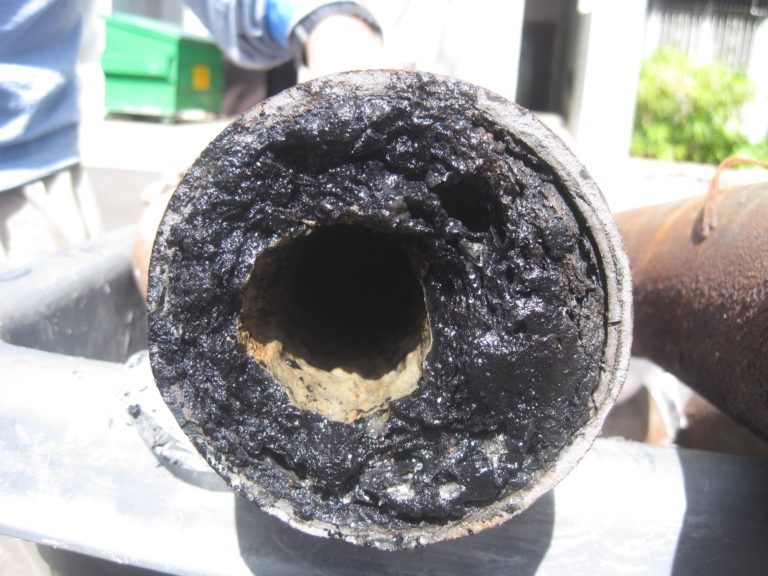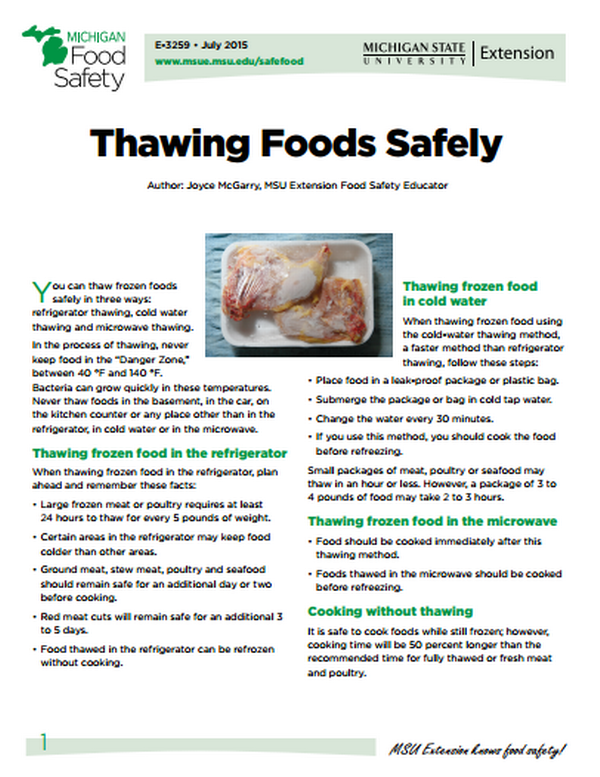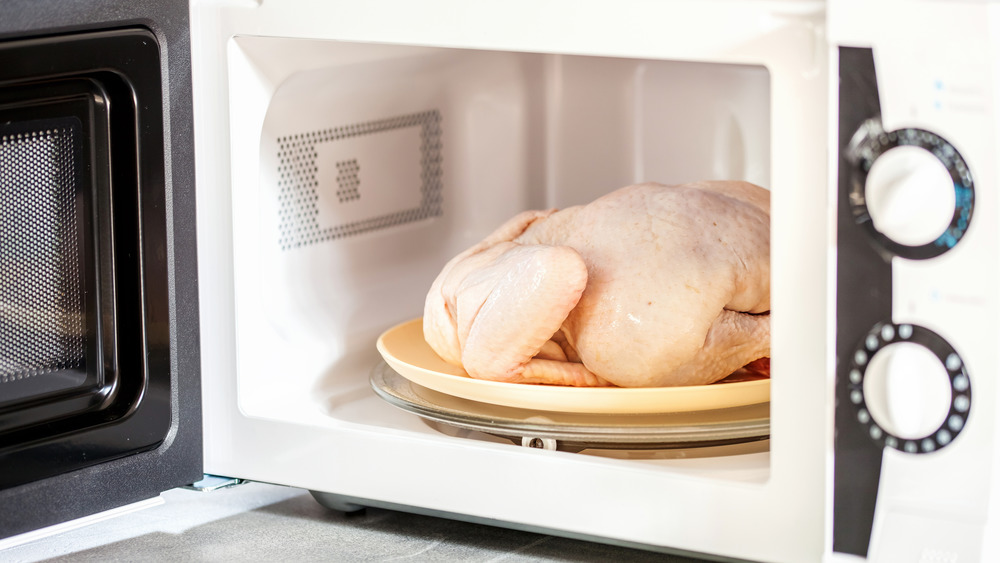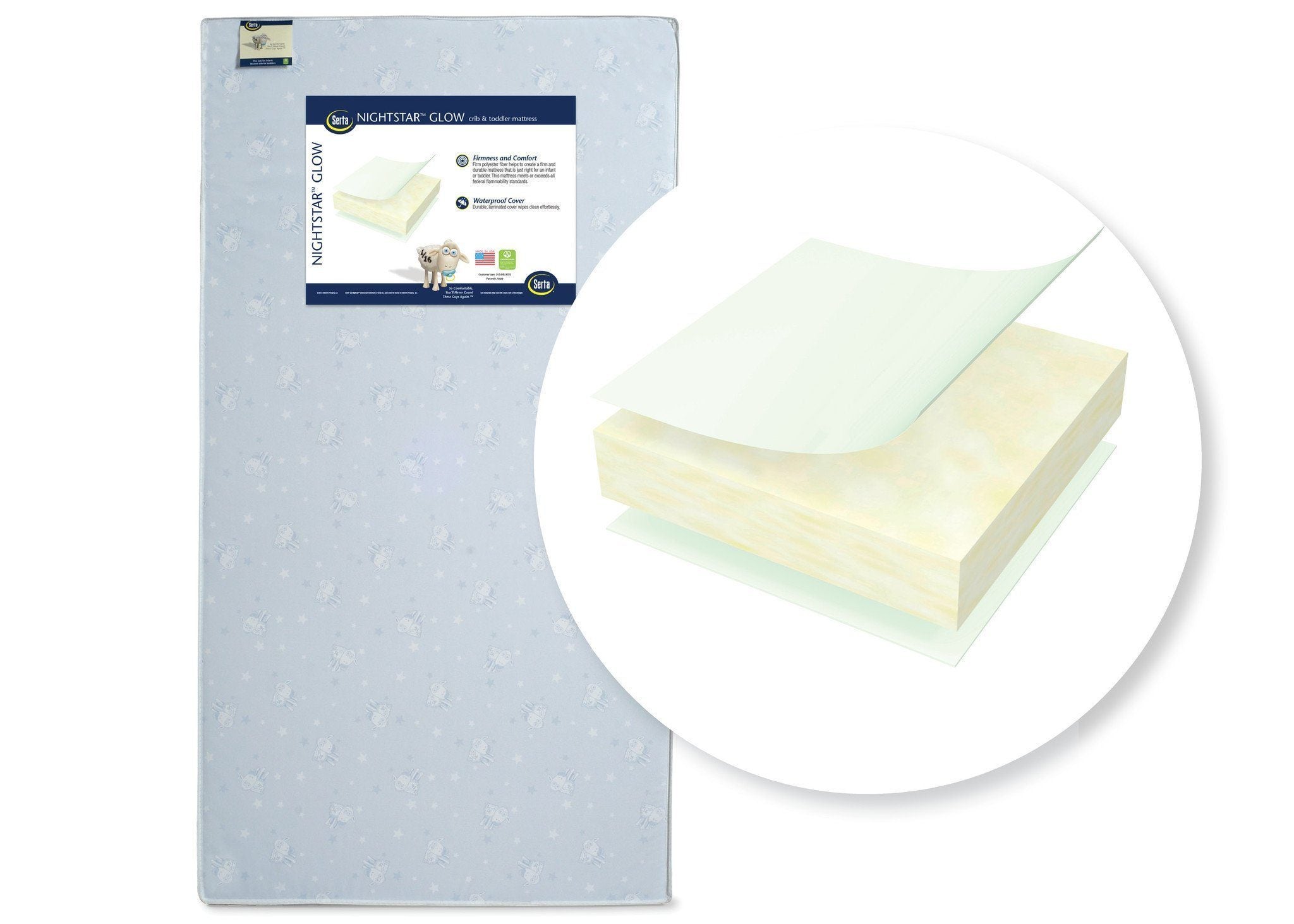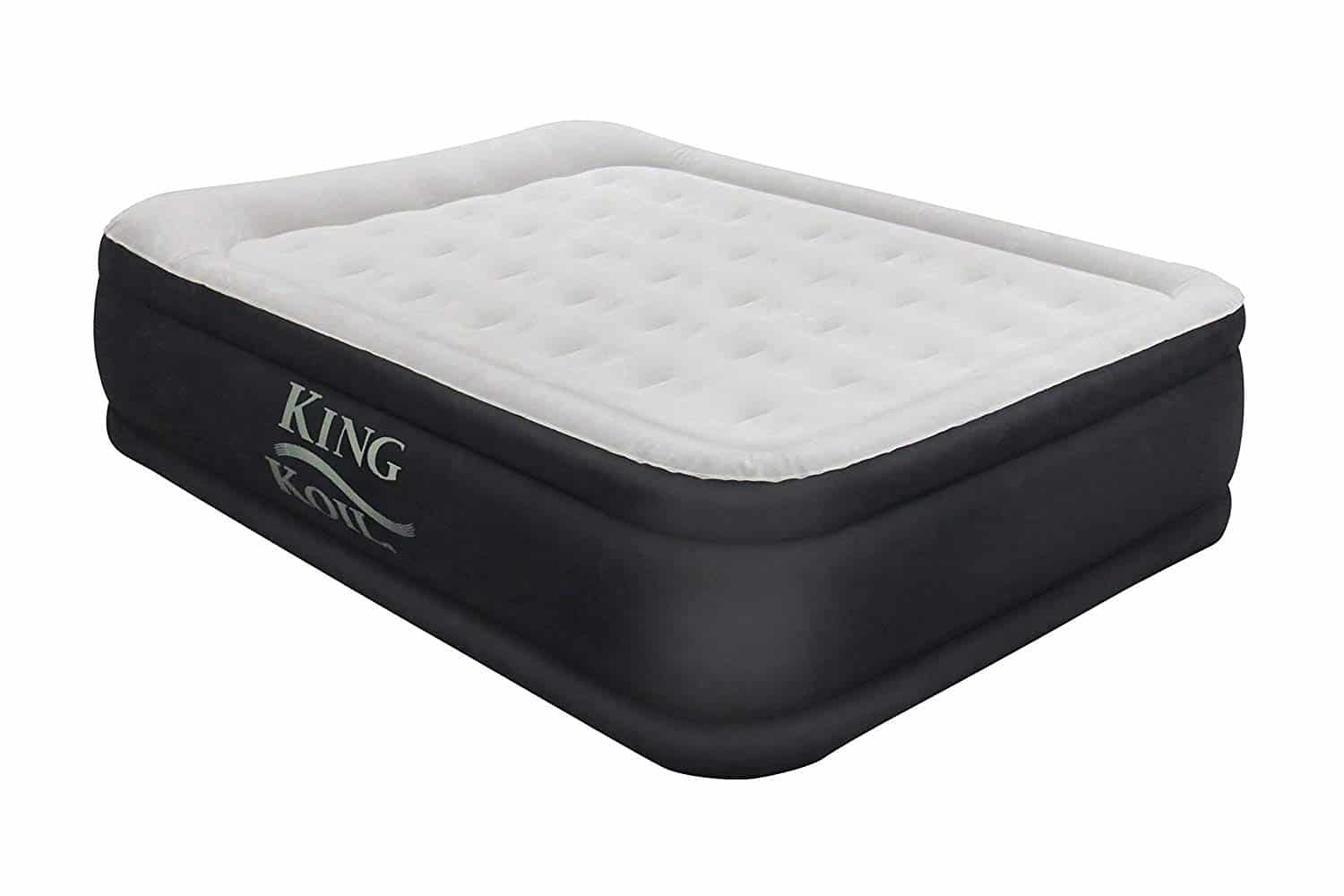If you live in an area where temperatures drop below freezing, you may have experienced the frustration of dealing with frozen pipes. And when those pipes are under your kitchen sink, it can be even more of a hassle. But fear not, with a few simple steps, you can thaw those frozen pipes and get your kitchen sink back up and running. Here's how: If you have access to the frozen pipes, the first step is to try and warm them up. You can use a hairdryer, heat gun, or even a heating pad to gently warm the pipes. Be sure to use caution and avoid using any open flame or high heat sources, as this can damage the pipes. If you don't have access to the frozen pipes, you can try running warm water through the sink. This can help to slowly thaw the pipes. You can also try wrapping the pipes with towels soaked in hot water or using a portable heater to warm the area. It's important to be patient and avoid using any sharp objects or excessive force to try and thaw the pipes. This can cause damage and lead to further issues down the road.How to Thaw Frozen Pipes Under a Kitchen Sink
Dealing with a frozen kitchen sink can be a major inconvenience, but it's important to handle the situation carefully to avoid causing any damage. Here are some steps you can take to fix a frozen kitchen sink: If the sink is completely frozen, start by turning off the water supply to the sink. Then, follow the steps outlined above to thaw the pipes. Once the pipes are thawed, turn the water supply back on and check to make sure everything is working properly. If the sink is only partially frozen, you may be able to use a plunger to gently break up the ice and allow water to flow through. Be sure to use a plunger specifically designed for sinks, as a toilet plunger may not be as effective. You can also try using a mixture of hot water and salt to melt the ice.How to Fix a Frozen Kitchen Sink
The best way to deal with frozen pipes is to prevent them from freezing in the first place. Here are some tips for preventing frozen pipes under your kitchen sink: Insulate your pipes: One of the most effective ways to prevent pipes from freezing is to insulate them. You can use foam pipe insulation or even towels or newspaper to wrap around the pipes and keep them warm.
Keep the heat on: If you're going to be away from home during the winter, be sure to leave your heat on to a minimum of 55 degrees. This will help to keep your pipes from freezing while you're gone. Allow faucets to drip: If temperatures are dropping below freezing, allowing your faucets to drip can help to prevent pipes from freezing. Moving water is less likely to freeze than stagnant water.Preventing Frozen Pipes Under Your Kitchen Sink
When it comes to preventing frozen pipes, the kitchen sink is often overlooked. But it's important to take steps to keep your kitchen sink pipes from freezing. Here are some tips to help: Keep cabinet doors open: If your kitchen sink is located against an exterior wall, leave the cabinet doors open to allow warm air to circulate around the pipes. This can help to prevent them from freezing. Use a space heater: If you know your kitchen sink pipes are prone to freezing, you can use a space heater to keep the area warm. Just be sure to use caution and follow the manufacturer's instructions. Install heat tape: Heat tape is a type of electrical heating cable that can be wrapped around pipes to keep them warm. This is a great solution for pipes that are located in areas that are difficult to keep warm.How to Keep Your Kitchen Sink Pipes from Freezing
If you find yourself with frozen kitchen sink pipes, don't panic. Here's what you should do: Turn off the water supply: The first step is to turn off the water supply to the sink. This will prevent any water from flowing through the frozen pipes and potentially causing a burst. Thaw the pipes: As mentioned earlier, you can use a hairdryer, heating pad, or warm water to thaw the pipes. Be sure to use caution and avoid using any open flame or high heat sources. Check for damage: Once the pipes are thawed, check for any cracks or leaks. If you notice any damage, it's best to call a professional plumber to fix the issue.What to Do When Your Kitchen Sink Pipes Freeze
While most of the focus is on thawing frozen pipes, it's also important to know how to thaw a frozen kitchen sink drain. Here's how: Use hot water: The easiest way to thaw a frozen drain is to pour hot water down the drain. Be sure to use hot, not boiling, water and pour it slowly to avoid causing any damage. Use a plunger: If hot water doesn't do the trick, you can try using a plunger to break up the ice. Be sure to use a plunger specifically designed for sinks. Try a plumbing snake: If the clog is too stubborn for a plunger, you can use a plumbing snake to physically break up the ice and clear the drain.How to Thaw a Frozen Kitchen Sink Drain
When it comes to frozen hot water pipes under your kitchen sink, there are some specific tips you can follow to help thaw them safely and effectively. Here are a few to keep in mind: Turn off the water heater: Before attempting to thaw the pipes, be sure to turn off the water heater to avoid any potential damage. Use warm water: When using warm water to thaw the pipes, be sure to use warm, not hot, water. Hot water can cause damage to the pipes and potentially lead to a burst. Be patient: It's important to be patient when attempting to thaw frozen hot water pipes. Rushing or using excessive force can cause damage and lead to even more issues.Tips for Dealing with Frozen Hot Water Pipes Under Your Kitchen Sink
Prevention is key when it comes to dealing with frozen hot water pipes under your kitchen sink. Here are some tips to help you keep them from freezing: Insulate the pipes: As mentioned earlier, insulation is one of the most effective ways to prevent pipes from freezing. Be sure to insulate both hot and cold water pipes to keep them warm. Keep the heat on: Just as with preventing frozen pipes in general, keeping your heat on to a minimum of 55 degrees is important to prevent hot water pipes from freezing. Seal any air leaks: Check for any air leaks around your kitchen sink pipes and seal them with caulk or weatherstripping. This will help to keep warm air from escaping and cold air from coming in.How to Prevent Your Kitchen Sink Hot Water Pipes from Freezing
Understanding what causes frozen hot water pipes under a kitchen sink can help you to prevent the issue from occurring in the first place. Some common causes include: Exposure to cold temperatures: If your kitchen sink pipes are located in an area that is not well-insulated or exposed to cold drafts, they are more likely to freeze. Low water flow: When water is not flowing through the pipes regularly, it is more likely to freeze. This can happen if you have a slow leak or if you have not been using hot water regularly. Insufficient insulation: As mentioned earlier, proper insulation is key to preventing frozen pipes. If your pipes are not adequately insulated, they are more likely to freeze.What Causes Frozen Hot Water Pipes Under a Kitchen Sink
Thawing frozen hot water pipes under your kitchen sink requires a delicate touch to avoid causing any damage. Here's how you can safely thaw those pipes: Turn off the water heater: Before attempting to thaw the pipes, make sure to turn off your water heater to avoid any potential damage. Use warm water: When using warm water to thaw the pipes, be sure to use warm, not hot, water. Hot water can cause damage to the pipes and potentially lead to a burst. Be patient: It's important to be patient when attempting to thaw frozen hot water pipes. Rushing or using excessive force can cause damage and lead to even more issues. Following these tips and being prepared for potential freezing can help you to avoid the inconvenience and potential damage of frozen hot water pipes under your kitchen sink. By taking preventative measures and knowing how to safely thaw frozen pipes, you can keep your kitchen sink running smoothly all winter long.How to Safely Thaw Frozen Hot Water Pipes Under Your Kitchen Sink
Preventing Frozen Hot Water in Kitchen Sinks: A Must-Know for Every Homeowner

The Dangers of Frozen Hot Water in Kitchen Sinks
 Frozen hot water in kitchen sinks is a common problem that many homeowners face, especially during the colder months. This issue can be caused by a variety of factors, such as improper insulation, low water flow, or even fluctuating temperatures. Whatever the cause may be, the consequences of having a frozen hot water supply in your kitchen sink can be dangerous and potentially costly.
The most immediate danger of a frozen hot water supply is the inconvenience it causes. Without access to hot water, simple tasks like washing dishes or cooking can become difficult and time-consuming. This can disrupt your daily routine and add unnecessary stress to your life. Additionally, frozen hot water can also lead to burst pipes, resulting in water damage to your home and expensive repairs.
Frozen hot water in kitchen sinks is a common problem that many homeowners face, especially during the colder months. This issue can be caused by a variety of factors, such as improper insulation, low water flow, or even fluctuating temperatures. Whatever the cause may be, the consequences of having a frozen hot water supply in your kitchen sink can be dangerous and potentially costly.
The most immediate danger of a frozen hot water supply is the inconvenience it causes. Without access to hot water, simple tasks like washing dishes or cooking can become difficult and time-consuming. This can disrupt your daily routine and add unnecessary stress to your life. Additionally, frozen hot water can also lead to burst pipes, resulting in water damage to your home and expensive repairs.
Preventative Measures for Frozen Hot Water
 Fortunately, there are several preventative measures that homeowners can take to avoid frozen hot water in their kitchen sinks. One of the most effective ways is to properly insulate your pipes. This involves wrapping them in insulation foam or heat tape to keep them warm and prevent freezing. It's also important to make sure that your home is properly sealed to prevent cold air from entering and affecting your hot water supply.
Another important factor to consider is the water flow in your home. If the water flow is low, it can increase the risk of freezing. This is because the water is not moving fast enough to keep it from freezing. To prevent this, consider installing a recirculation pump to keep the water continuously moving.
Fortunately, there are several preventative measures that homeowners can take to avoid frozen hot water in their kitchen sinks. One of the most effective ways is to properly insulate your pipes. This involves wrapping them in insulation foam or heat tape to keep them warm and prevent freezing. It's also important to make sure that your home is properly sealed to prevent cold air from entering and affecting your hot water supply.
Another important factor to consider is the water flow in your home. If the water flow is low, it can increase the risk of freezing. This is because the water is not moving fast enough to keep it from freezing. To prevent this, consider installing a recirculation pump to keep the water continuously moving.
Regular Maintenance for a Frozen Hot Water-Free Kitchen Sink
 In addition to preventative measures, regular maintenance of your hot water system is crucial in preventing frozen hot water in your kitchen sink. This includes draining and flushing your hot water tank regularly to remove any sediment buildup that can affect water flow and temperature. It's also important to monitor the temperature settings of your hot water tank to ensure that it's not set too low, which can increase the risk of freezing.
In conclusion, frozen hot water in kitchen sinks can be a major inconvenience and can also lead to costly repairs. By taking preventative measures and performing regular maintenance, homeowners can avoid this issue and ensure a continuous supply of hot water in their kitchen sinks. Remember to properly insulate your pipes, maintain proper water flow, and regularly maintain your hot water system to keep your kitchen sink free from frozen hot water.
In addition to preventative measures, regular maintenance of your hot water system is crucial in preventing frozen hot water in your kitchen sink. This includes draining and flushing your hot water tank regularly to remove any sediment buildup that can affect water flow and temperature. It's also important to monitor the temperature settings of your hot water tank to ensure that it's not set too low, which can increase the risk of freezing.
In conclusion, frozen hot water in kitchen sinks can be a major inconvenience and can also lead to costly repairs. By taking preventative measures and performing regular maintenance, homeowners can avoid this issue and ensure a continuous supply of hot water in their kitchen sinks. Remember to properly insulate your pipes, maintain proper water flow, and regularly maintain your hot water system to keep your kitchen sink free from frozen hot water.
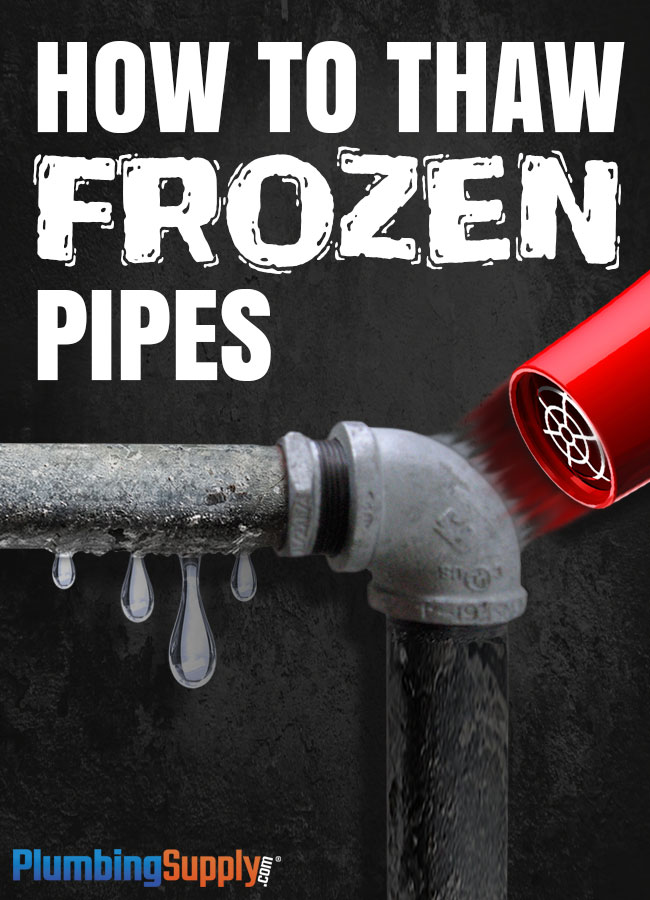


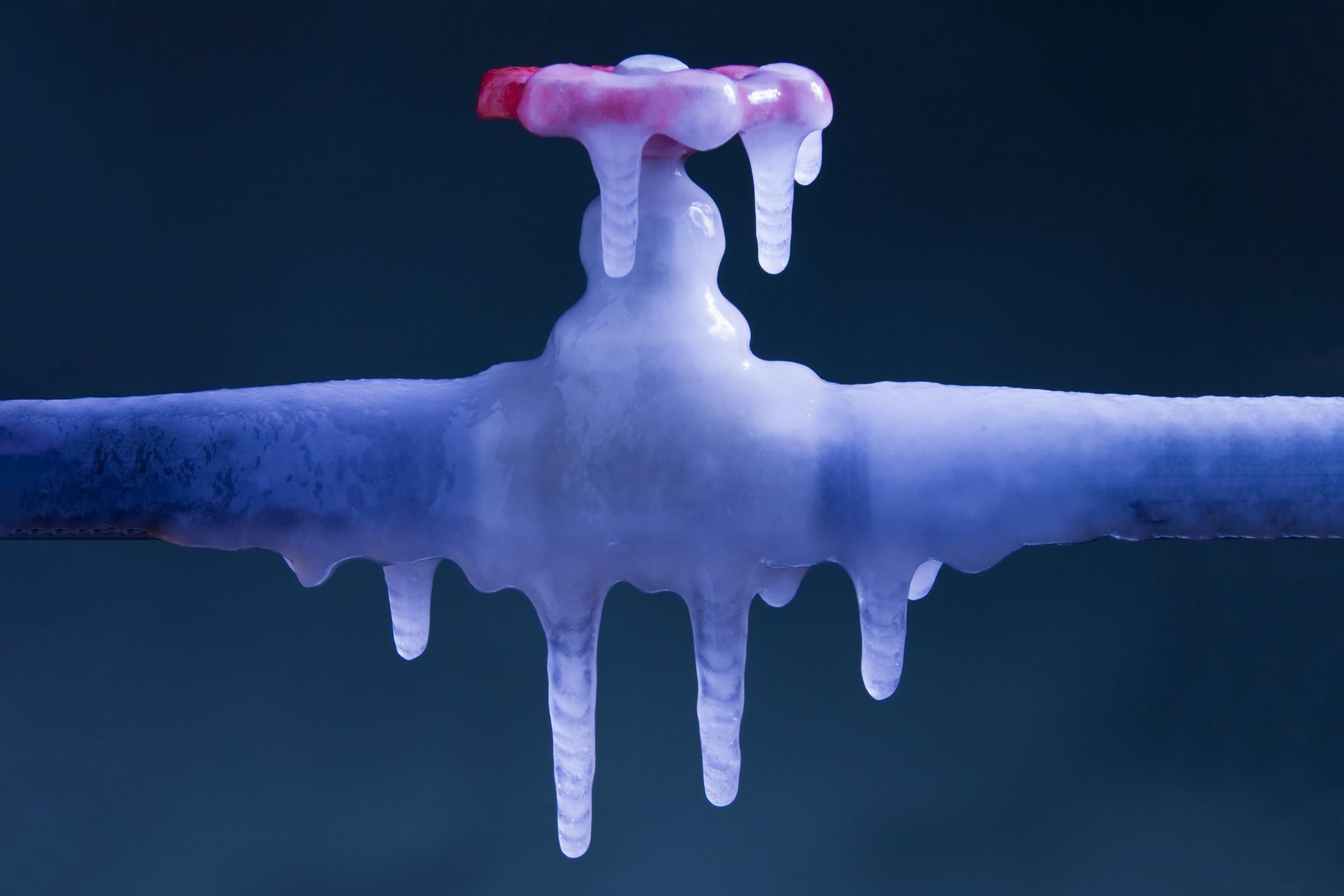

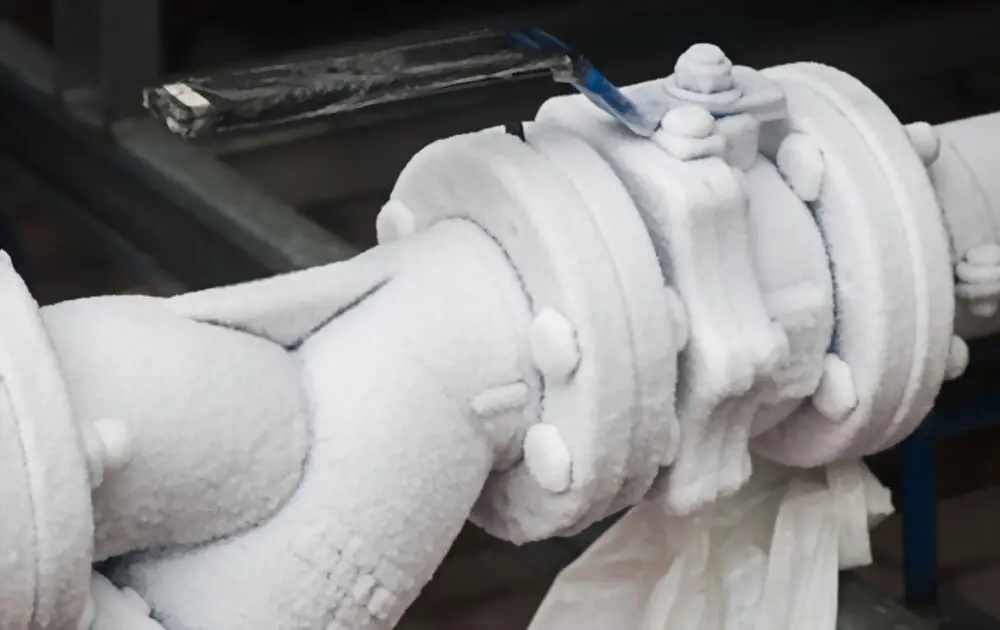
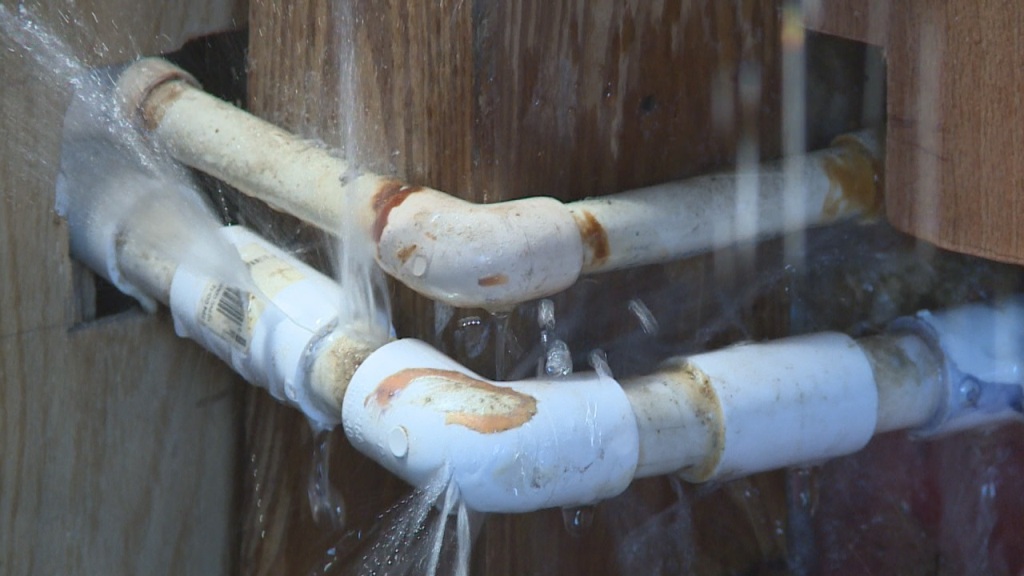


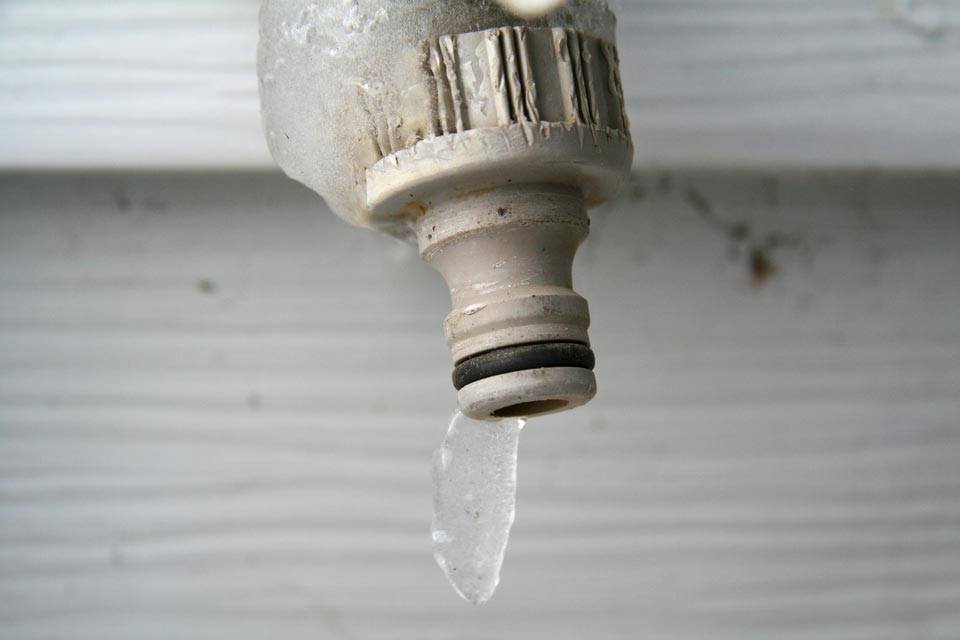
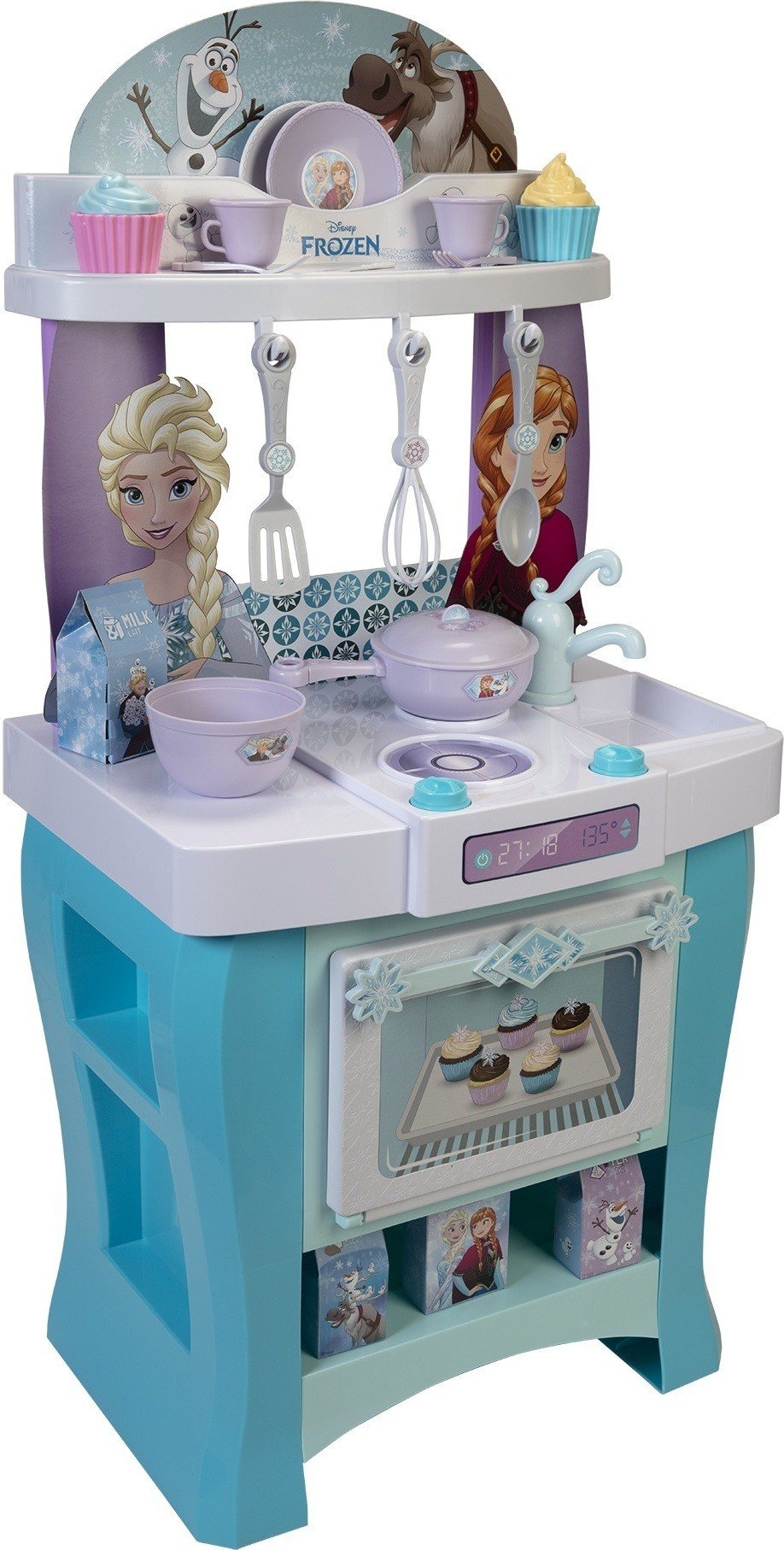



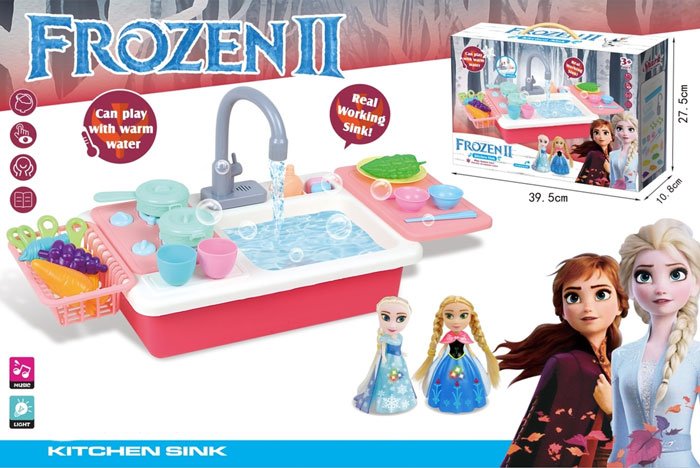


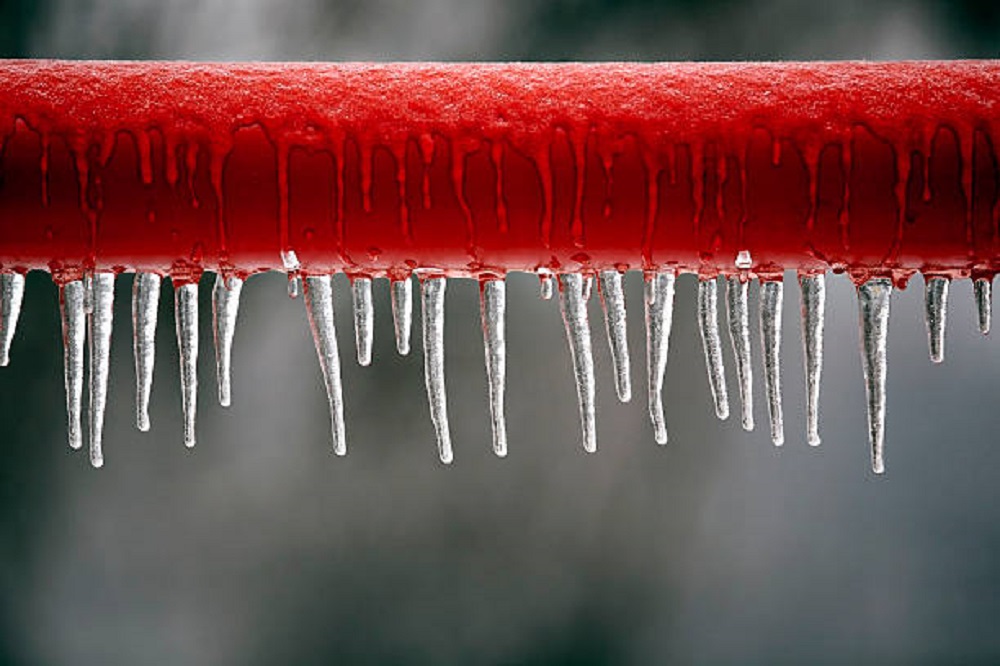




:max_bytes(150000):strip_icc()/stop-freezing-pipes-2124982-revision1-5c01a886c9e77c0001439273.png)

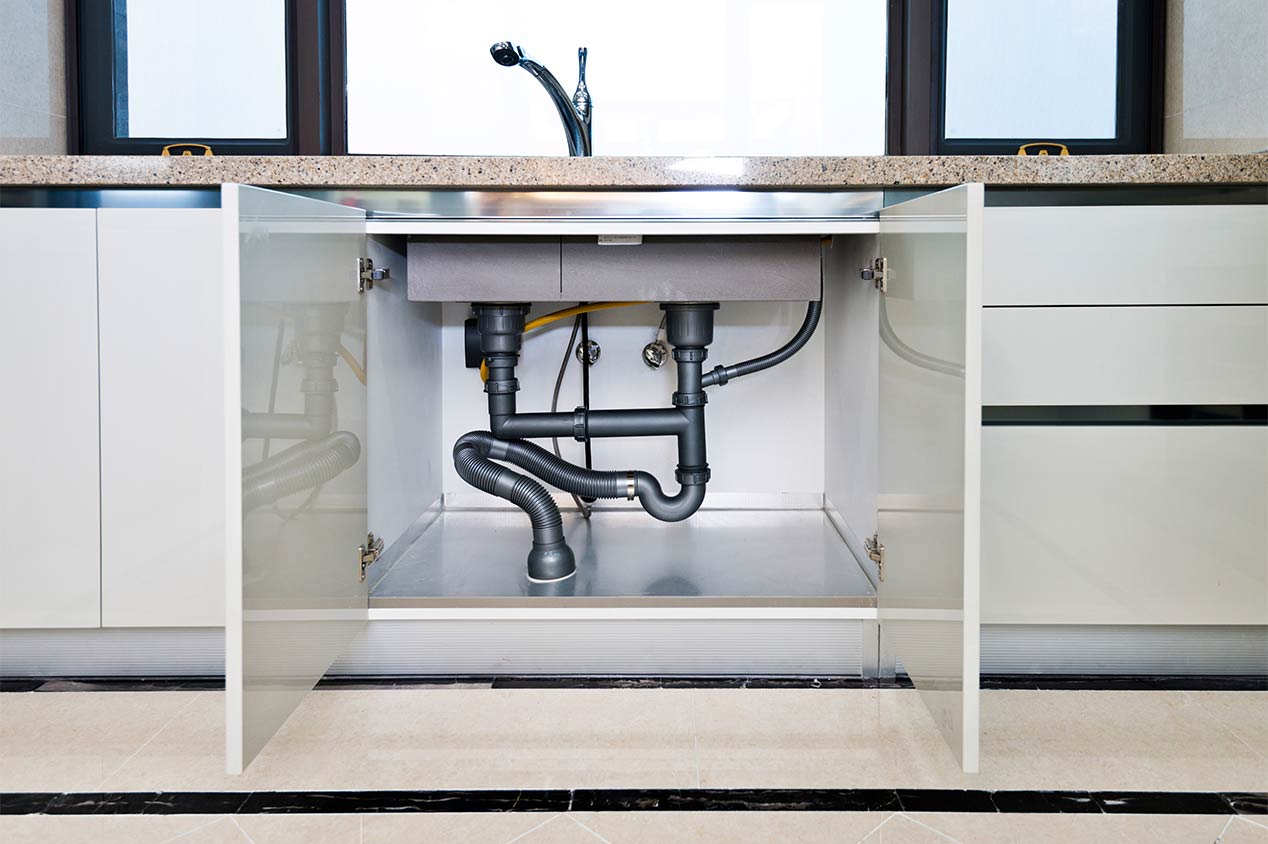





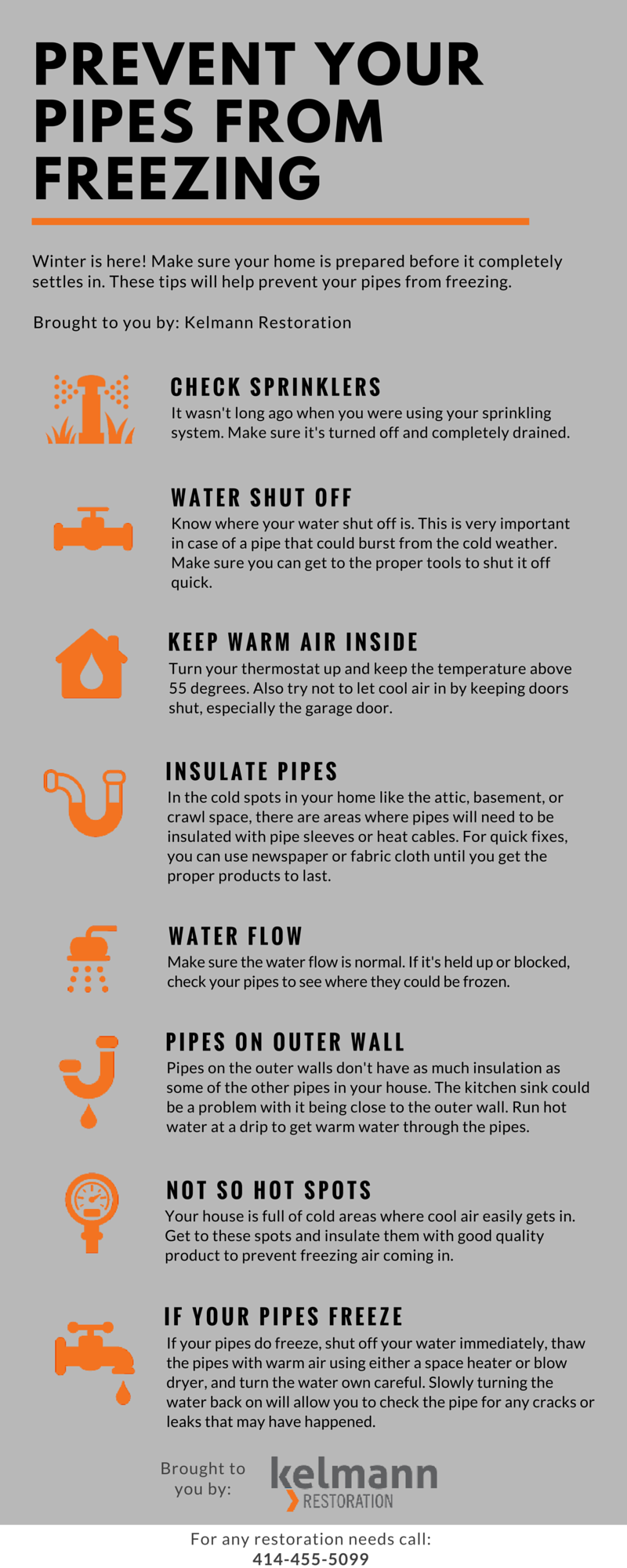
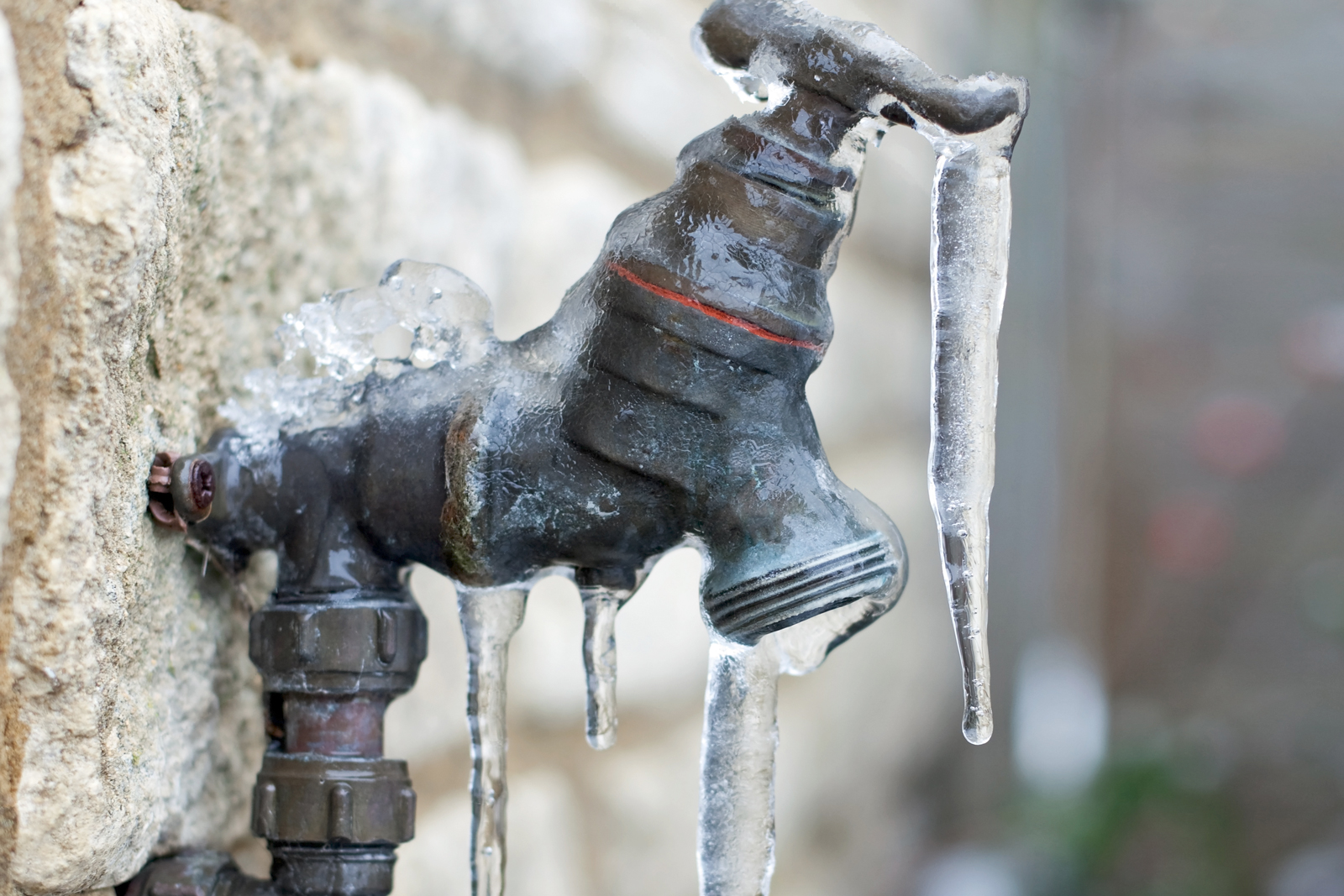
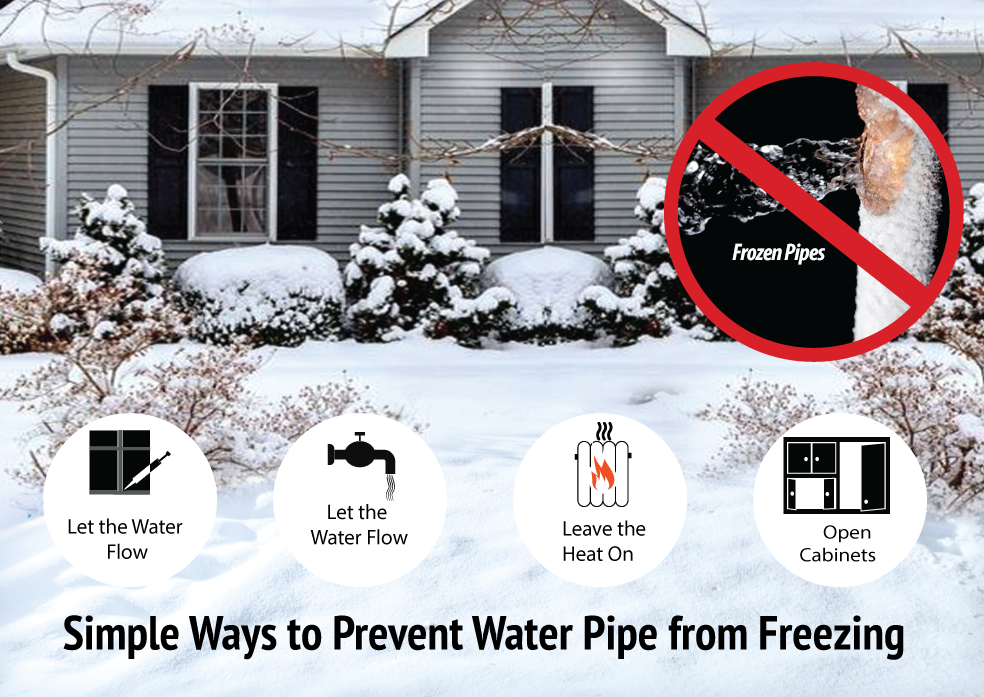
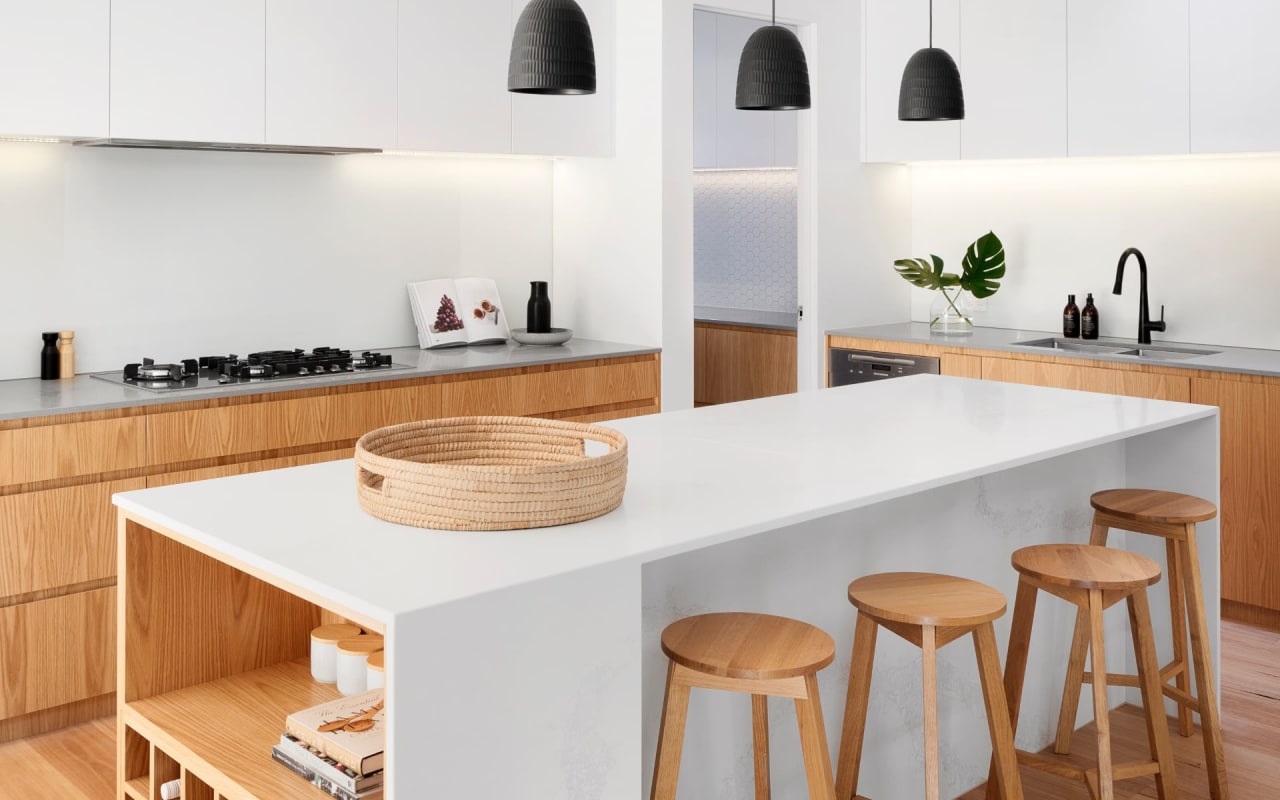


/how-to-install-a-sink-drain-2718789-hero-24e898006ed94c9593a2a268b57989a3.jpg)





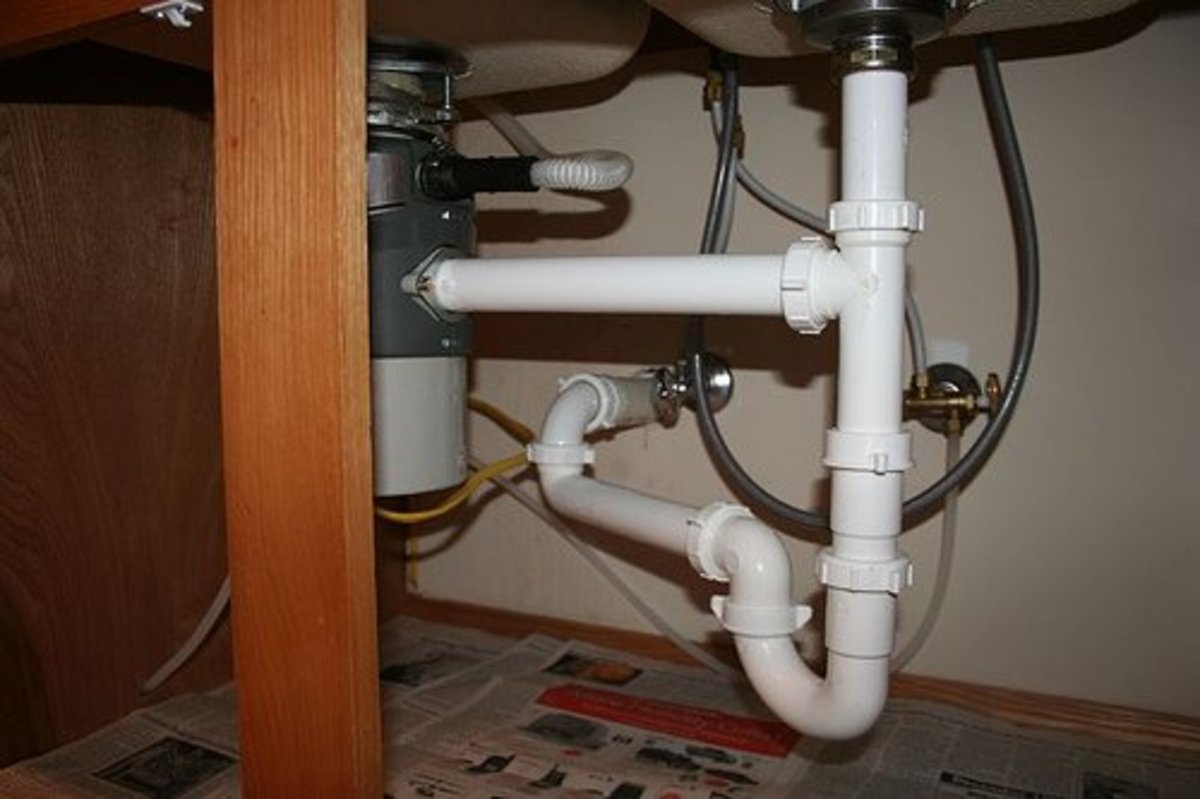




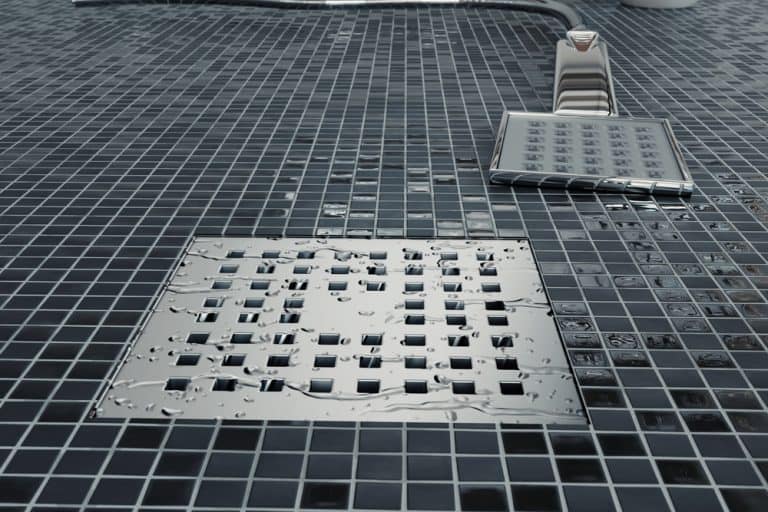
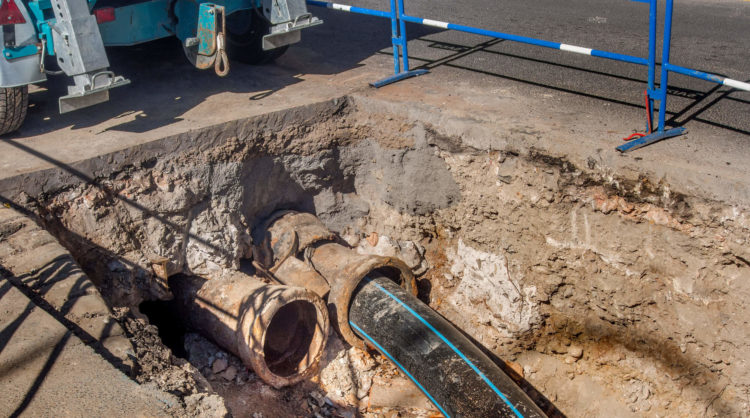
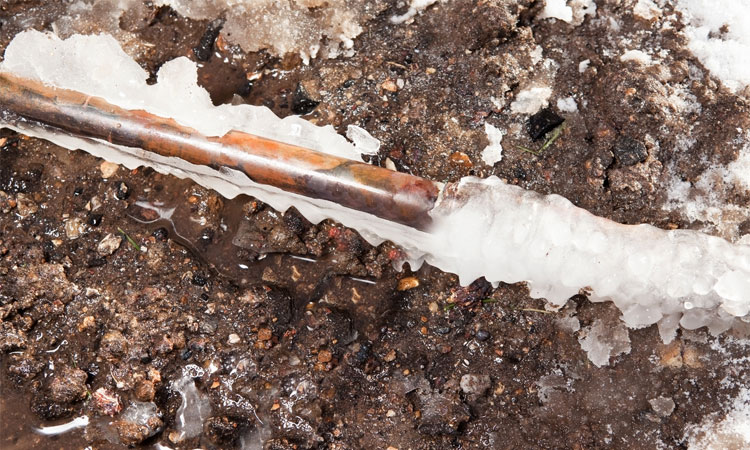

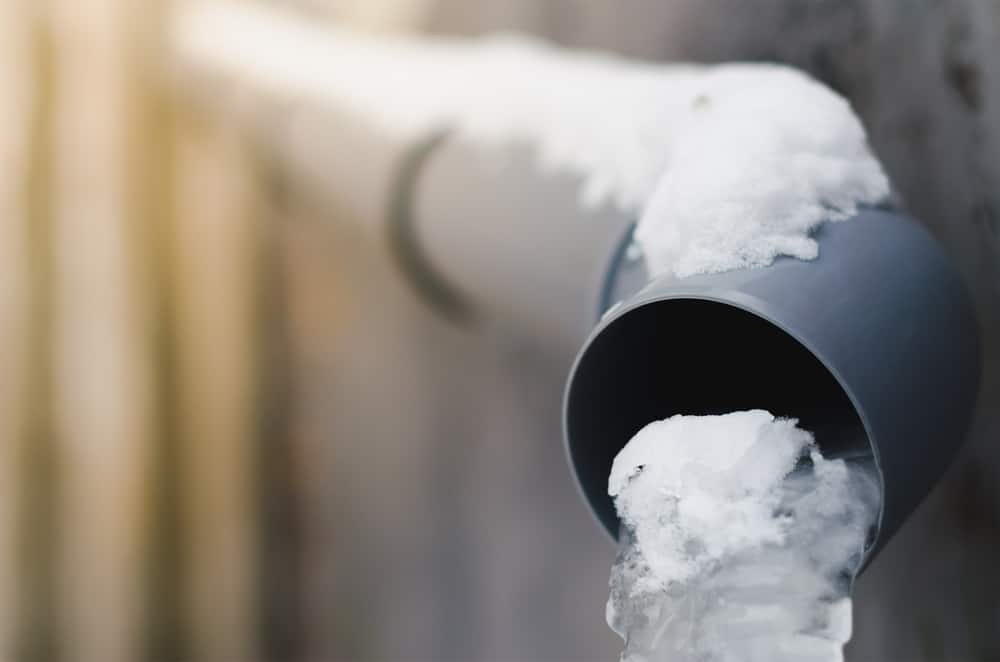



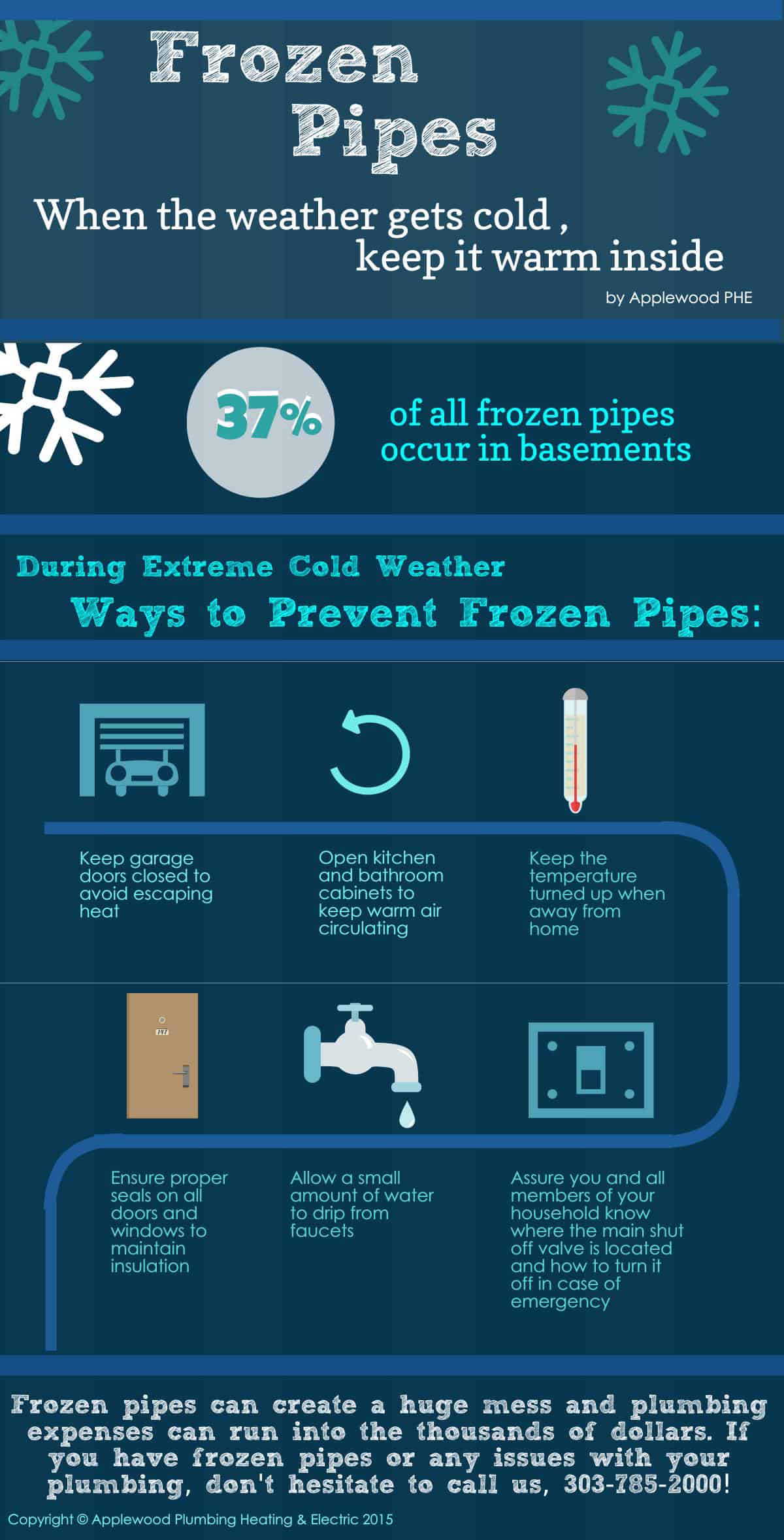
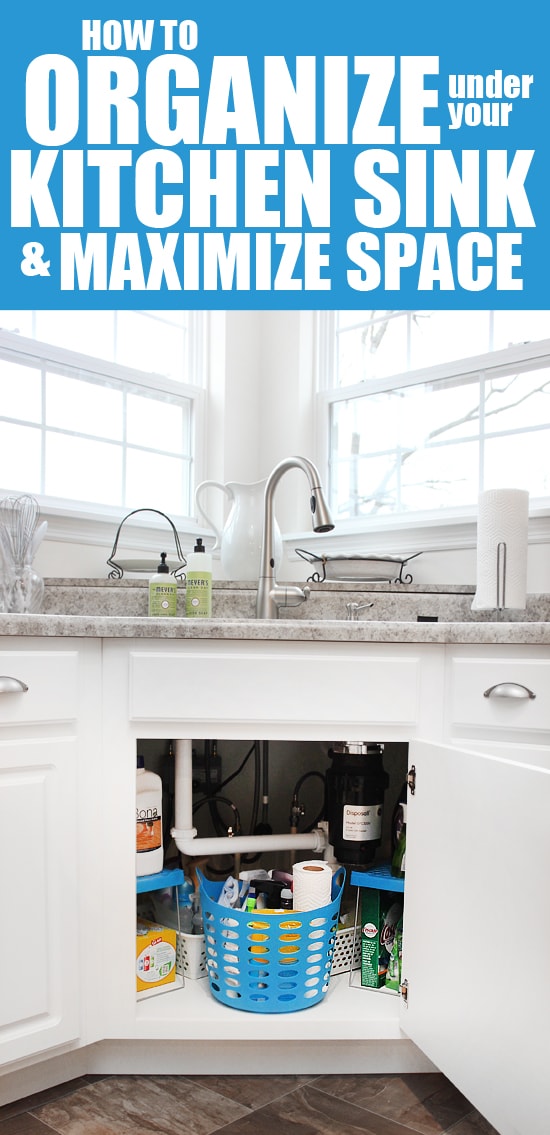
:max_bytes(150000):strip_icc()/how-to-thaw-a-frozen-water-pipe-2124986_FINAL-edit-01-6ff53ed13c7e41559df7070680efe4a6.jpg)
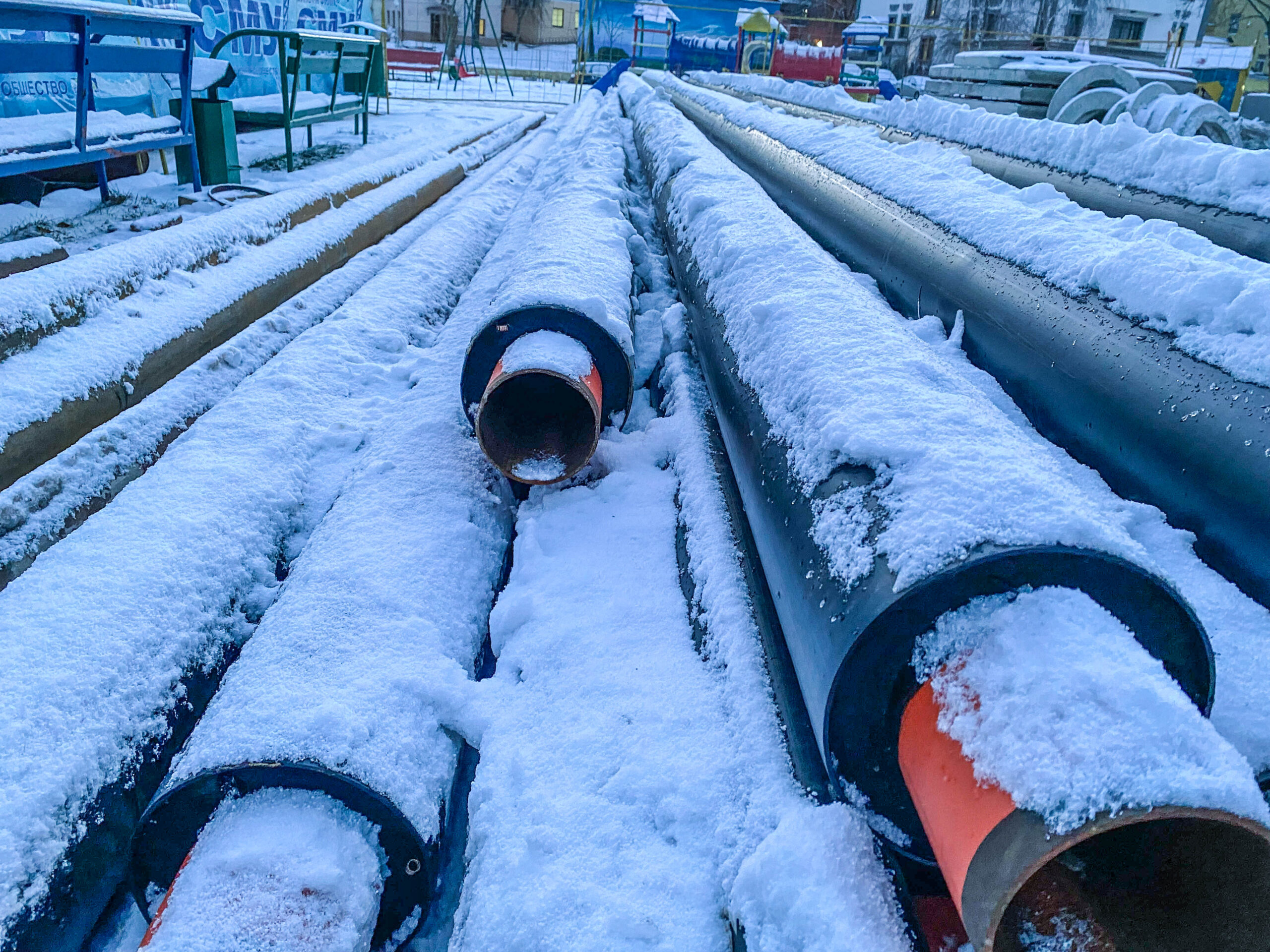
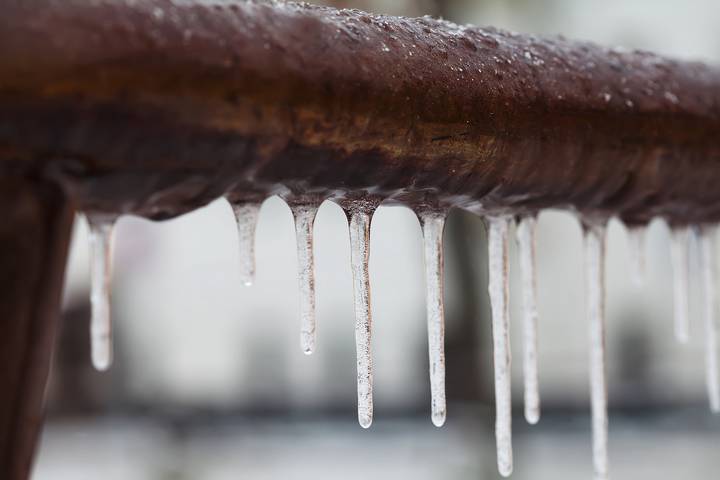
/broken-water-pipes-162189386-58053b885f9b5805c2200c3d.jpg)






/broken-water-pipes-162189386-58053b885f9b5805c2200c3d.jpg)


